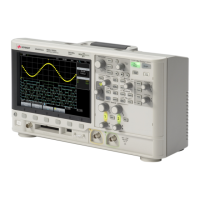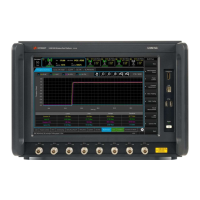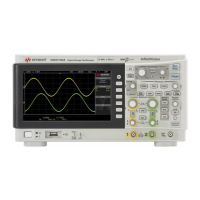Keysight M8000 Series of BER Test Solutions User Guide 373
Setting up Patterns 7
The following parameters are available to configure link training USB 3.1:
• DUT Type - Specifies which role the BERT should play during link
training. It can either be an upstream device for testing a downstream
port or vice versa.
• Target State - Determines the target state when bringing up the link.
• Trigger State - This parameter determines when the trigger output
signal of the LTSSM block should be asserted. Additionally this
information can be translated into a trigger pulse on entering or leaving
the specified state. This is done by the pulse shaper of the TCRL OUT
connector and no direct functionality of the LTSSM.
• LFPS tPeriod - Period of the LFPS cycle.
• LFPS Duty Cycle- Duty cycle of the LFPS cycle
• Warm Reset LFPS tBurst- LFPS triggers transition to Rx.Detect.
• SCD1 and SCD2 - SuperSpeedPlus Capability Declaration (SCD) is a
step for a SuperSpeedPlus port, while in the Polling. LFPS substate, to
identify itself as SuperSpeedPlus capable by transmitting Polling. LFPS
signals with specific patterns unique to SuperSpeedPlus ports.
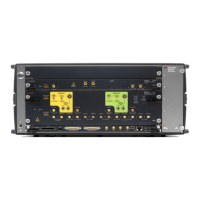
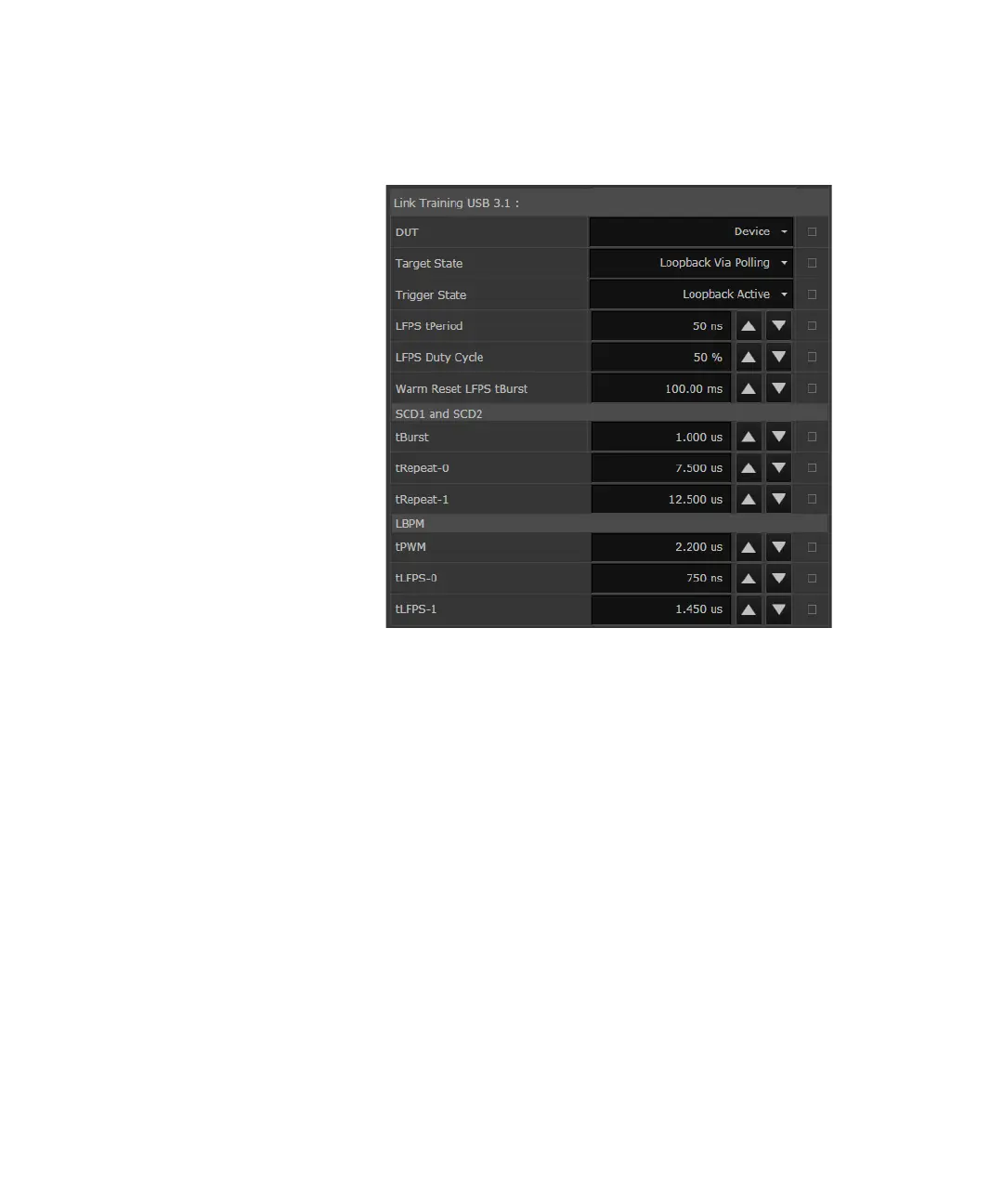